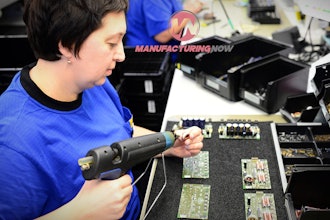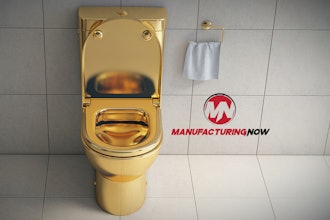Toyota wants to achieve annual electric vehicle sales of 3.5 million by the end of the decade. To accomplish this goal, the automaker is looking to cut its plant investment, production processes, and manufacturing preparation lead time in half.
Recently, reporters were given a glimpse of the company’s technology poised to drive this transformation. According to Nikkei Asia, Toyota unveiled a prototype of its new gigacasting equipment capable of producing a third of a car body in approximately three minutes.
The demonstration took place at Toyota’s Myoshi plant, where the machine released a plume of white smoke as it performed its tasks. During the process, molten aluminum was cooled from 700° C to 250° C and formed a single die-cast component that made up the rear third of the vehicle’s chassis.
Traditionally, this operation involves 86 pieces and a 33-step process that takes hours. Toyota plans to use the gigacasting method to produce the front and rear sections of an electric model in 2026, when the automaker expects to sell 1.5 million EVs.
Toyota began building its first gigacasting prototype in September 2022. This was the same year the company reportedly sold some 24,000 electric vehicles. But that figure is merely a fraction of the 1.31 million EVs delivered during the same year by Tesla, which has already adopted gigacasting technology.
Toyota is also implementing self-propelled production methods, where a partially assembled vehicle drives itself to meet a robot arm. This arm then attaches seats delivered by an automated guided vehicle. Following this step, the car proceeds to a separate area for inspection and shipping. This process eliminates the need for conveyor belts, which enables quicker plant layout changes and reduces investment costs.






















